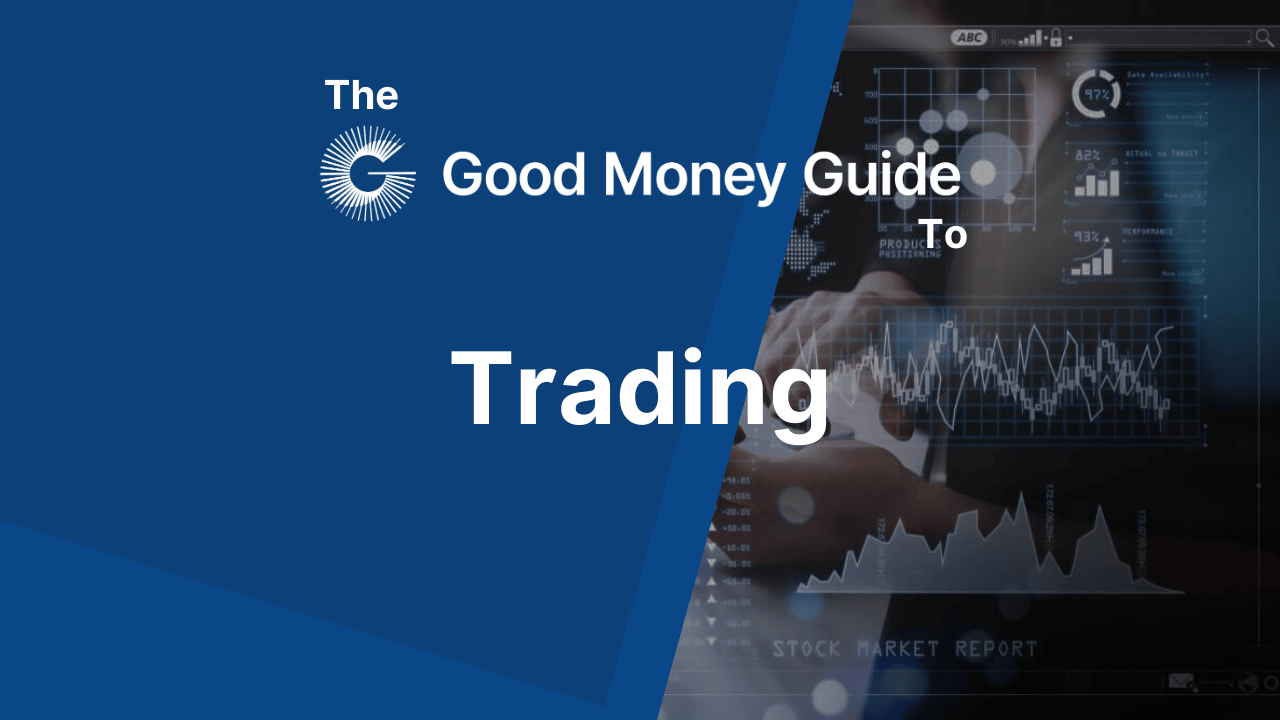What is Leverage and How It Works
Leverage allows traders to control larger positions in the financial markets with a smaller amount of capital. Essentially, leverage is borrowed money provided by the broker, enabling traders to increase their exposure to a financial asset without needing the full amount upfront. It is commonly used in forex, CFDs, and margin trading.
How Leverage Works
Leverage is typically expressed as a ratio, such as 10:1 or 100:1. This means that for every unit of currency you put in, the broker lends you 10 or 100 times that amount, respectively. For example, with 100:1 leverage, a $1,000 deposit allows you to control $100,000 worth of an asset.
If the ...
Please register or log in to continue...
Become a better, more informed investor with Good Money Guide. Our expert, exclusive educational courses provide the sort of information that everyone, from first-time investors to experienced professional traders, can learn to profit from.

